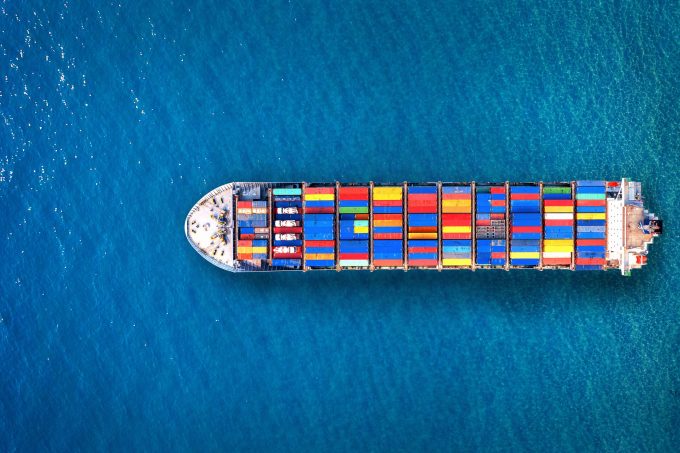Bullish Wan Hai, unfazed by US port fees, reports record profits
Wan Hai Lines GM Tommy Hsieh is positive about achieving higher transpacific contract rates this ...

The market share of independent container shipping services on the major east-west deepsea trades has climbed in recent months and, according to new data from Sea-Intelligence Consulting, is returning to pandemic-era levels.
According to the analyst, as many as a third of services offered on the transpacific trade over the next three months are expected to be provided outside of vessel-sharing agreements, including express services operated independently by alliance-member carriers.
“The Asia-North America West Coast tradelane is poised to see a sharp ...
Volcanic disruption at Anchorage could hit transpacific airfreight operations
Macron calls for ‘suspension’ – CMA CGM's $20bn US investment in doubt
Forwarders stay cool as US 'liberation day' tariffs threaten 'global trade war'
Shippers snap up airfreight capacity to US ahead of tariff deadline
De minimis exemption on shipments from China to the US will end in May
Tighter EU import requirements proving 'a challenge' for forwarders
Looming Trump tariffs will create 'a bureaucratic monster' for Customs

Comment on this article